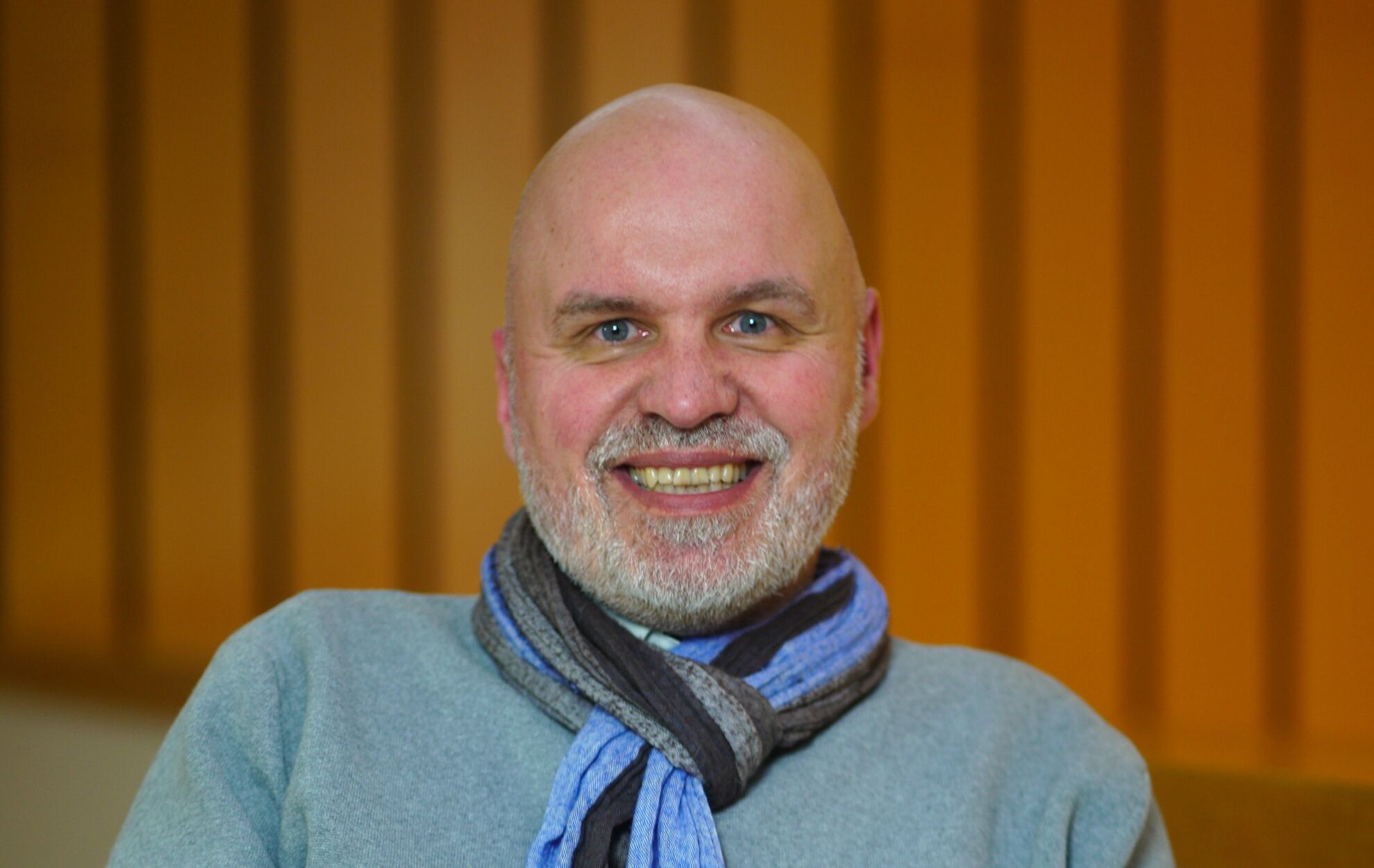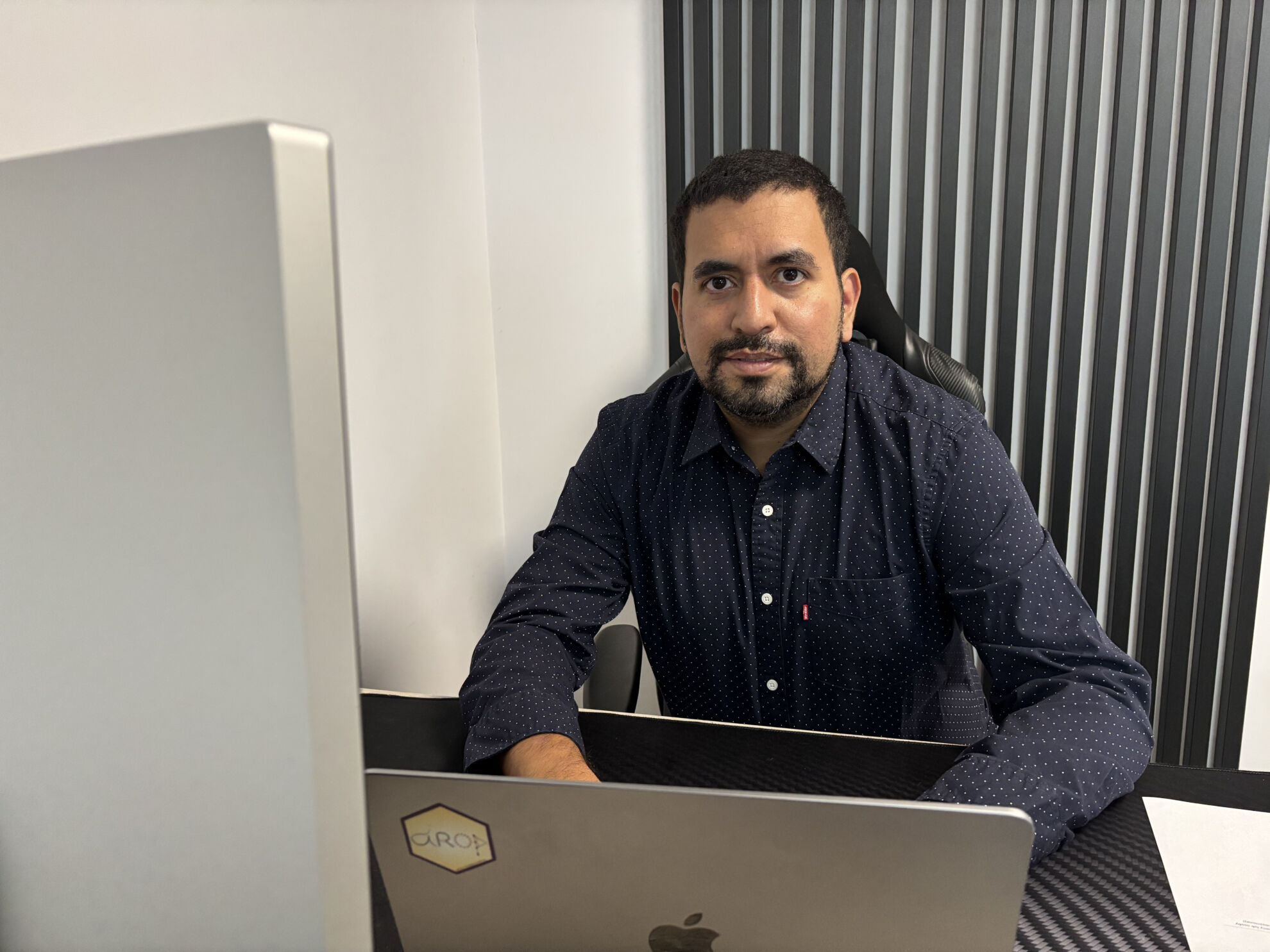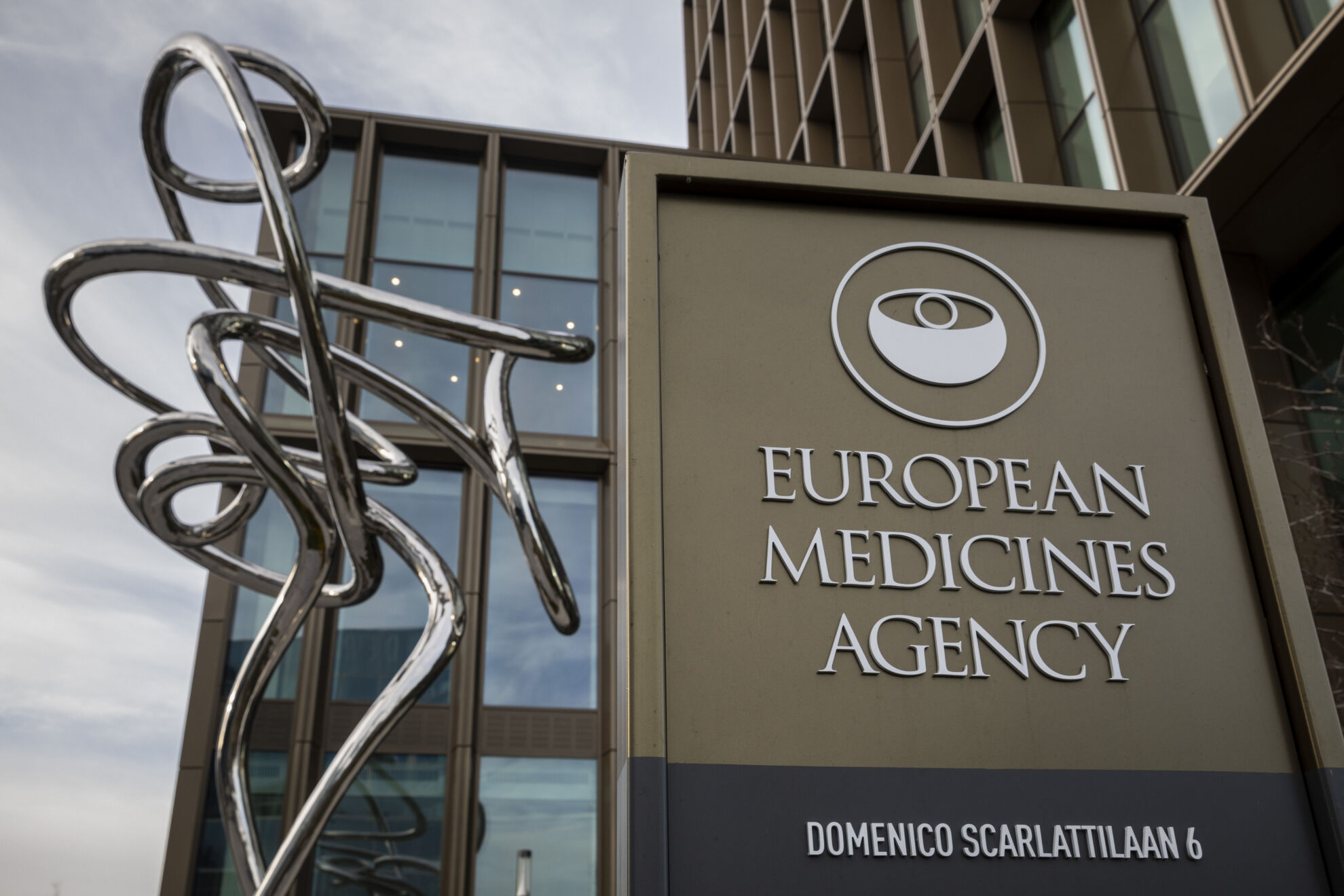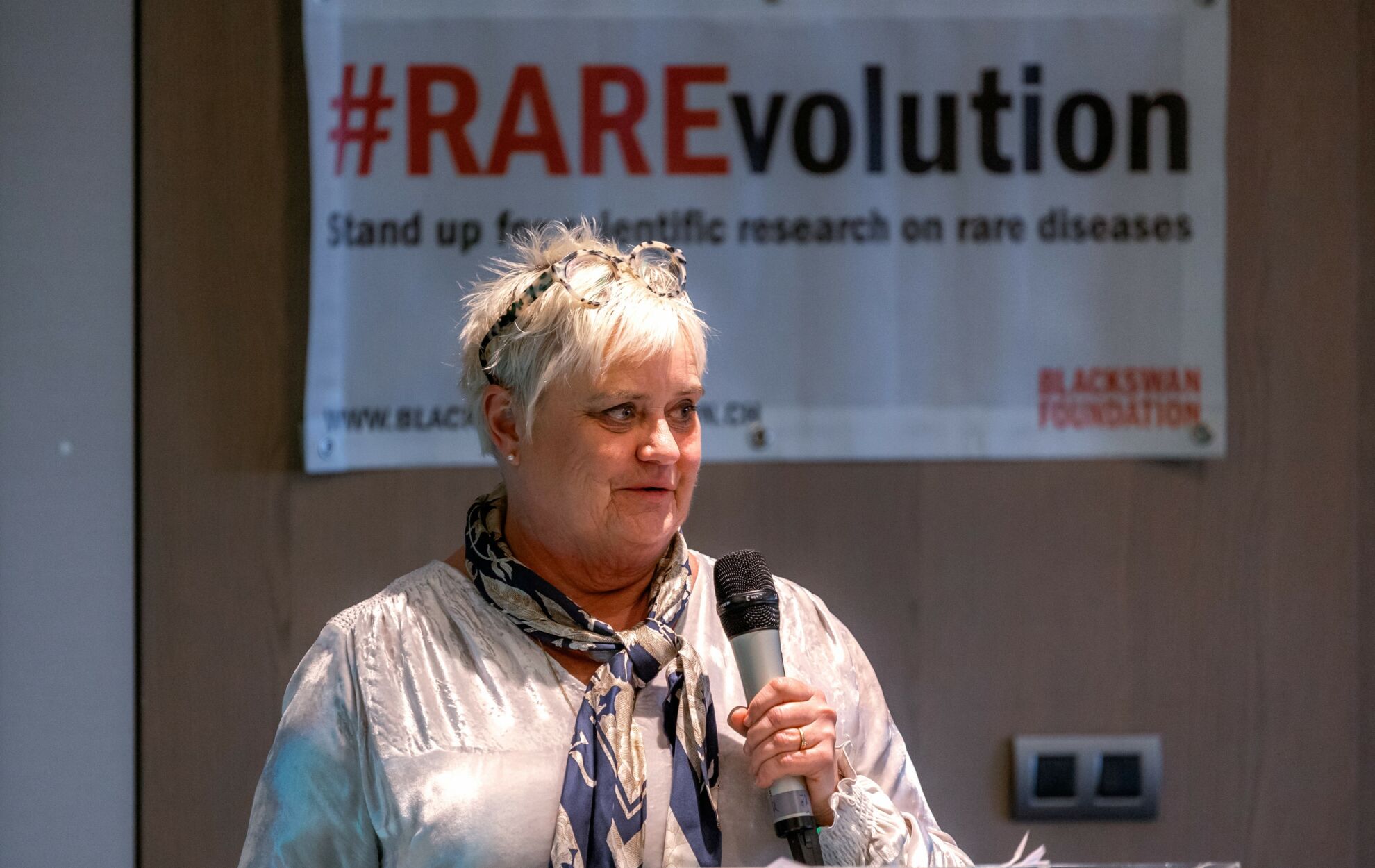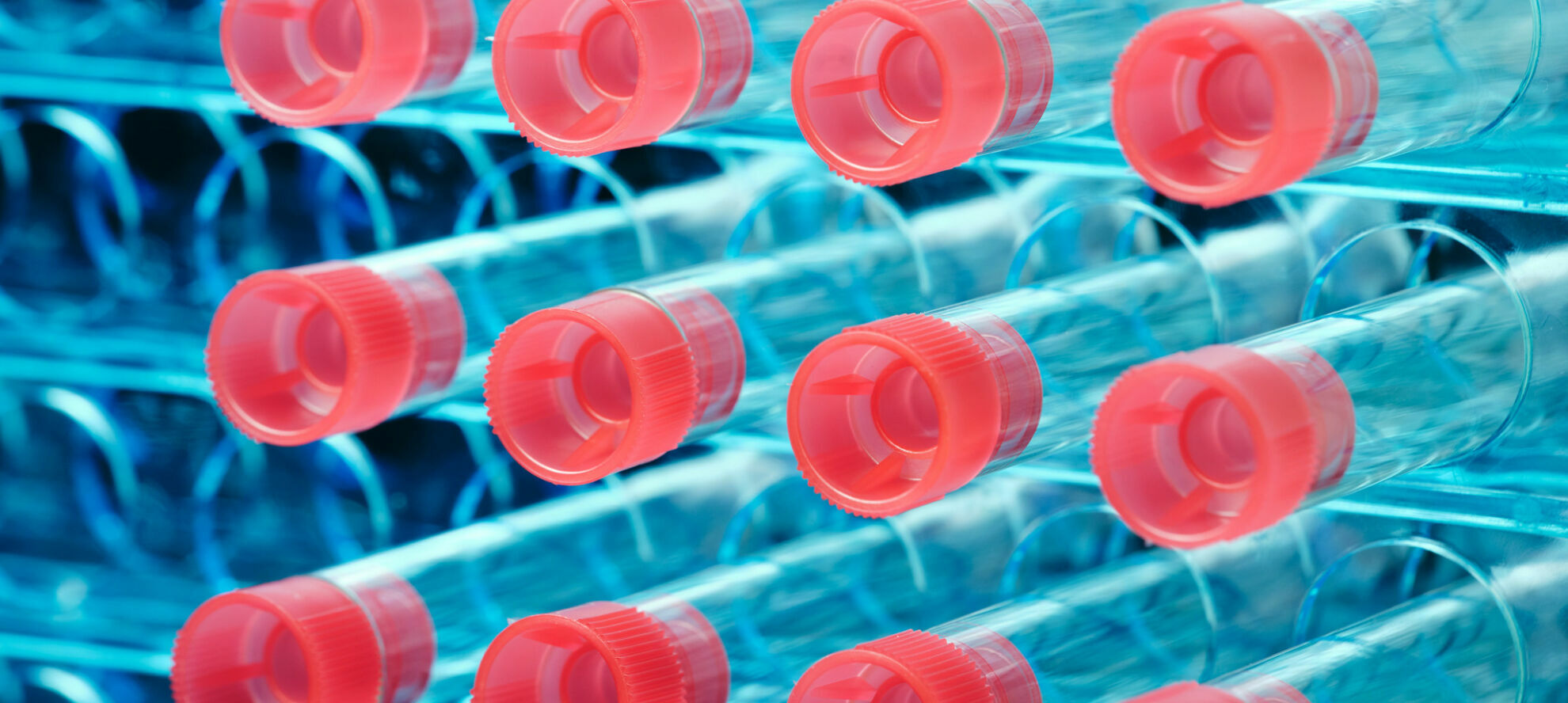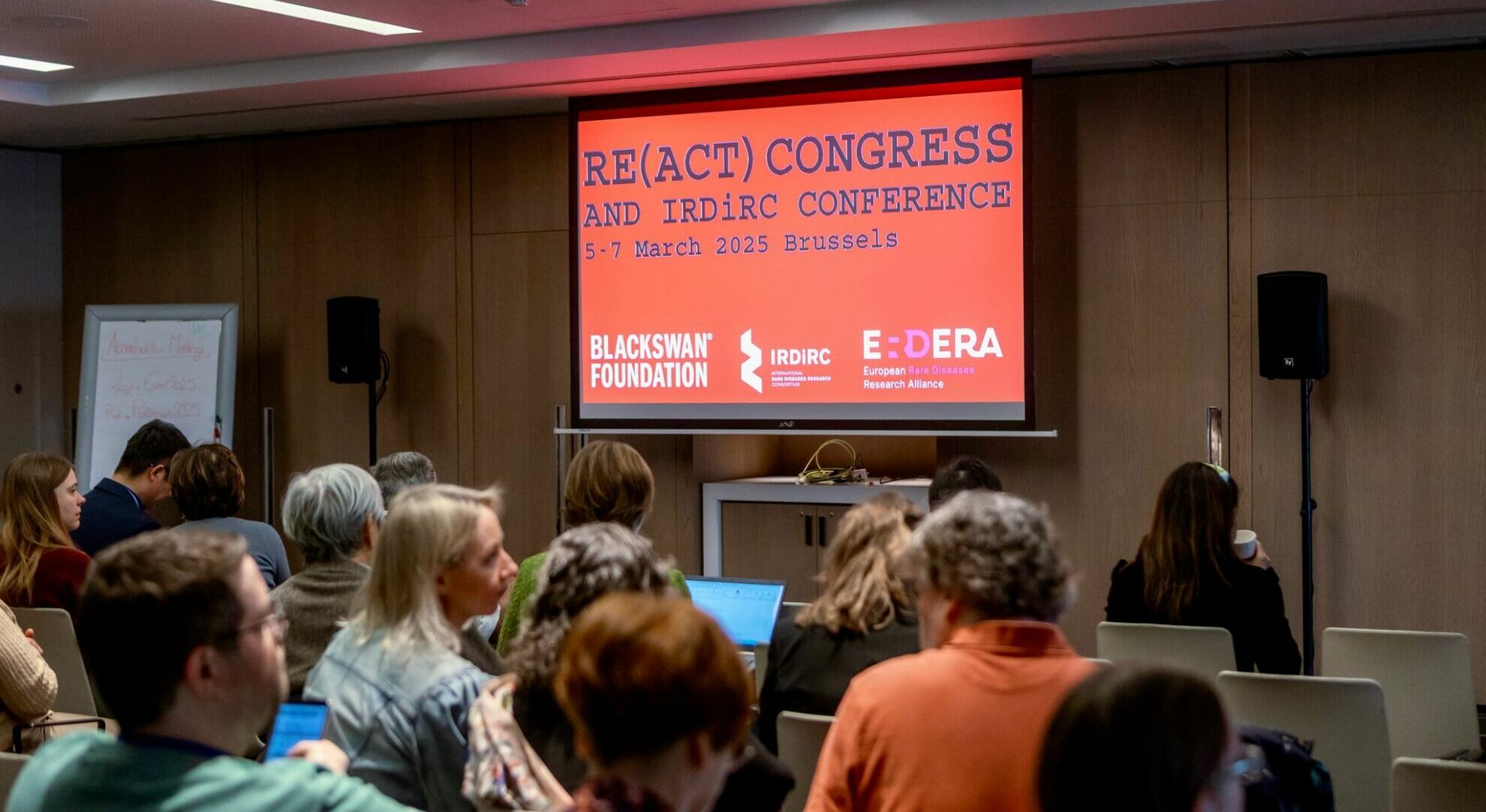My name is Alexandre Méjat. I’m a patient by birth; I’m affected by a rare disease called Bethlem myopathy.
I’m also a scientist by training: I have a PhD in biology, and I represent AFM-Téléthon in ERDERA, which is a patient organisation from France dedicated to neuromuscular diseases—but more broadly to all rare diseases.
You bring both a deeply personal connection to the rare disease community and significant expertise in the scientific arena. How have these experiences shaped your perspective on rare diseases?
Addressing rare diseases requires a combination of perspectives. The patient experience is central—this is why the role of patient organisations, such as those within ERDERA, is so vital. But equally, we rely on the insights of researchers and clinicians to move the science forward.
Now that we’re approaching the stage of developing therapies, there’s an even greater need for collaboration with regulatory and methodological experts. The rare disease landscape is incredibly rich and complex, and only by bringing together all these voices—patients, scientists, healthcare professionals, and policymakers—can we hope to improve diagnosis, treatment, and long-term care in a meaningful way.
Could you walk us through the journey of learning about your condition and what prompted you to go from patient to scientist in this field?
I was born in 1977, at a time when there was almost no knowledge about rare diseases. The term itself wasn’t really in common usage. Since most of these conditions are genetic, and in the 1980s the human genome was not yet sequenced, we had very little understanding of the genes or mutations involved. As a result, I spent part of my life without a diagnosis, which is something many people with rare diseases experience—you can go years without having a name for your condition.
Once you do receive a diagnosis, you realise just how few people share your disease—only a few hundred in Europe, in my case. That makes it challenging to find clinicians who know about your condition, or to meet other patients with the same experience. Developing a treatment or cure seems even more daunting.
This is why I decided to become a researcher: I wanted to understand how these diseases work, to be part of the community developing potential therapies, and also to bridge the gap between patients and the clinical world.
And how has such “translator” role between patient and clinical perspectives been received? Do you feel it has been successful?
I recognised early on that this “translator” role was essential, because we’re dealing with two very different—but equally important—perspectives. Patients live with it every day, feeling its effects in every aspect of life, whereas clinicians—quite rightly—maintain a professional, more detached viewpoint focused on the medical progression. These two perspectives are both valid and both necessary.
Part of my work at AFM-Téléthon is to encourage patient involvement in clinical and fundamental research, ensuring that projects benefit from both clinical expertise and the insights of those who experience the disease firsthand.
Patients and caregivers affected by rare diseases often show a deep engagement in understanding their conditions. Do you consider this level of involvement beneficial, and what potential impact can it have?
My own experience is mixed. Before joining the AFM-Téléthon scientific department, I led a research group. At that time, I chose to study a different rare disease than my own so I wouldn’t be influenced by my personal situation—I really wanted to keep my research perspective as objective as possible. In that sense, I temporarily separated my identity as a patient from my life as a researcher. Still, I was working in the rare disease community.
Now, in my current position at AFM-Téléthon—where I focus on fostering both research collaboration and patient engagement—it’s much easier to bring both perspectives together. I can use my patient experience when talking to clinicians and researchers, and my research background to help guide other patients in understanding and participating in scientific efforts.
One of ERDERA’s main goals is to shorten the average diagnostic journey to six months. From your perspective, how transformative could it be to reach that objective?
When a disease is genetic, finding the specific mutation can be like looking for a single error in a 3.4-billion-character sequence. The only way to confirm that a given difference is causing the disease is by comparing the patient’s genome to the genomes of many other people, both healthy and affected. This comparison requires large amounts of data, so data sharing is crucial.
In my case, only a few hundred people in Europe have the same disease I do, which makes collecting and comparing samples all the more important. To speed up diagnosis, we need to gather blood samples and genetic data from as many affected individuals as possible and compare them to a wide database. The best way to accomplish this is through consortiums like ERDERA, where researchers across Europe pool their data and efforts, making it easier to pinpoint genetic variants responsible for rare diseases.
As a patient or a patient representative, how do you see such massive data gathering ultimately contributing to the rare disease community?
ERDERA is a more ambitious follow-up to the previous consortium EJPRD, which was created to aggregate research resources and expertise. At the same time, there was also the creation of European Reference Networks (ERNs) focused on clinical care for rare diseases. One major improvement with ERDERA is that it creates links between fundamental research, clinical research, and private companies developing cures.
It aims to connect everything from diagnosis and understanding the disease mechanism to clinical trials and access to treatment. That’s the real ambition of ERDERA: to be a hub not just for data but also for expertise, so we can progress from fundamental understanding right through to patient care.
This is both the strength and the risk of ERDERA, because we need to successfully bring everyone on board—especially the ERNs that handle everyday patient care and the pharma companies that develop treatments. We need to show them that Europe is an excellent place to conduct clinical trials and provide treatment access. We also have to keep fuelling fundamental research, because many pathologies still don’t have even a theoretical approach to therapy.
In your opinion, what are some of the most prevalent misconceptions about rare diseases or the research that surrounds them?
I don’t think it’s purely a misconception; decision-makers and health policymakers still have limited understanding of rare diseases. They tend to think in terms of large numbers, and our community often feels the need to highlight that 30 million people in Europe have a rare disease. Yet this overlooks the crucial diversity among these conditions.
In reality, we’re calling for more granular solutions, because as treatments become increasingly personalised, even within rare diseases, you might end up with a therapy unique to a single patient. While we group together to demonstrate the collective need, each condition has its own nuances. One of our big challenges is preparing decision-makers to adapt health systems to this level of granularity.
Another aspect is that most rare diseases are “evolutive,” meaning they change over time. This differs from someone who acquires a disability after an accident, where what you could do before and after is more static. In a rare disease, muscles may weaken, or vision may deteriorate over months, so what you could do recently might not be possible now—or in the near future.
This requires continuous adaptation, both for the person affected and for those around them. Right now, a person might handle tasks independently, yet soon they may need different or greater support. That progressive nature sets rare diseases apart, making permanent adaptability essential.
What role do you see ERDERA playing in fostering partnerships and speeding up progress toward faster diagnoses? Furthermore, how can the private sector contribute to this effort?
ERDERA differs from previous initiatives by incorporating public-private partnerships. Data sharing is fundamental, but technology is also key—sequencing genomes is costly, and analysing them efficiently often involves innovations like artificial intelligence. By bringing academic teams and private companies together, ERDERA can drive advancements in sequencing technology, data analysis, and legal or regulatory frameworks.
This collaboration ensures that new devices, algorithms, and platforms can be developed, tested, and implemented more rapidly, ultimately accelerating diagnosis and potential therapies.
Finally, how do you envision the future of rare disease research and awareness as targeted by ERDERA? What steps do you believe are essential to advance collaboration and social consciousness in this field?
This consortium is already ambitious and has the potential to deliver transformative results. Beyond specific scientific milestones, I hope it solidifies the mindset that no single group—be it clinicians, patients, researchers, public authorities, or private entities—can succeed alone.
The rare disease field has shown that collaboration is not just beneficial but necessary. If we can extend that culture of open, multi-stakeholder cooperation to the broader healthcare system, then the progress made here can benefit more than just the rare disease community. It could become a new, more effective standard for medical research and healthcare delivery overall.
